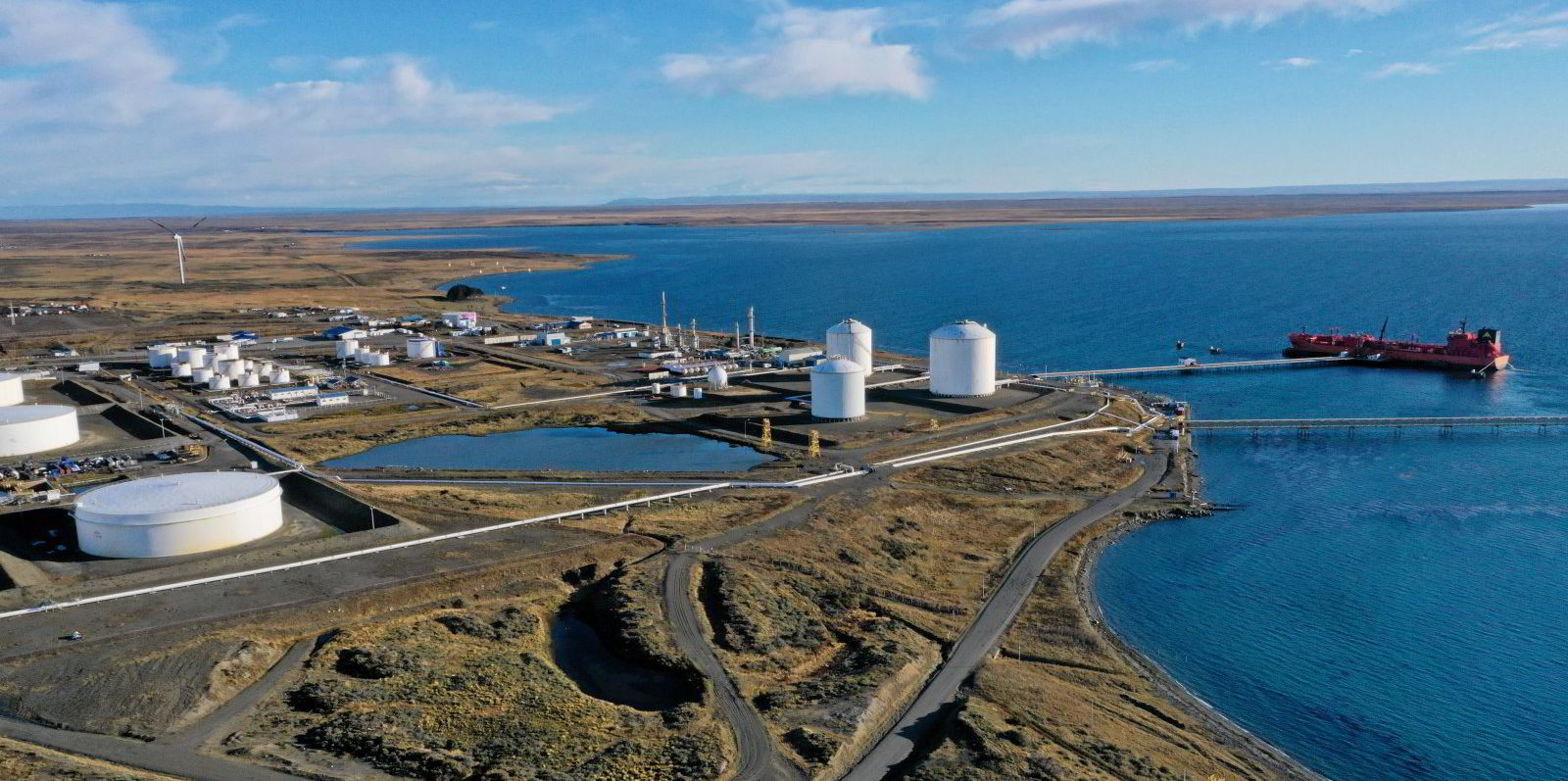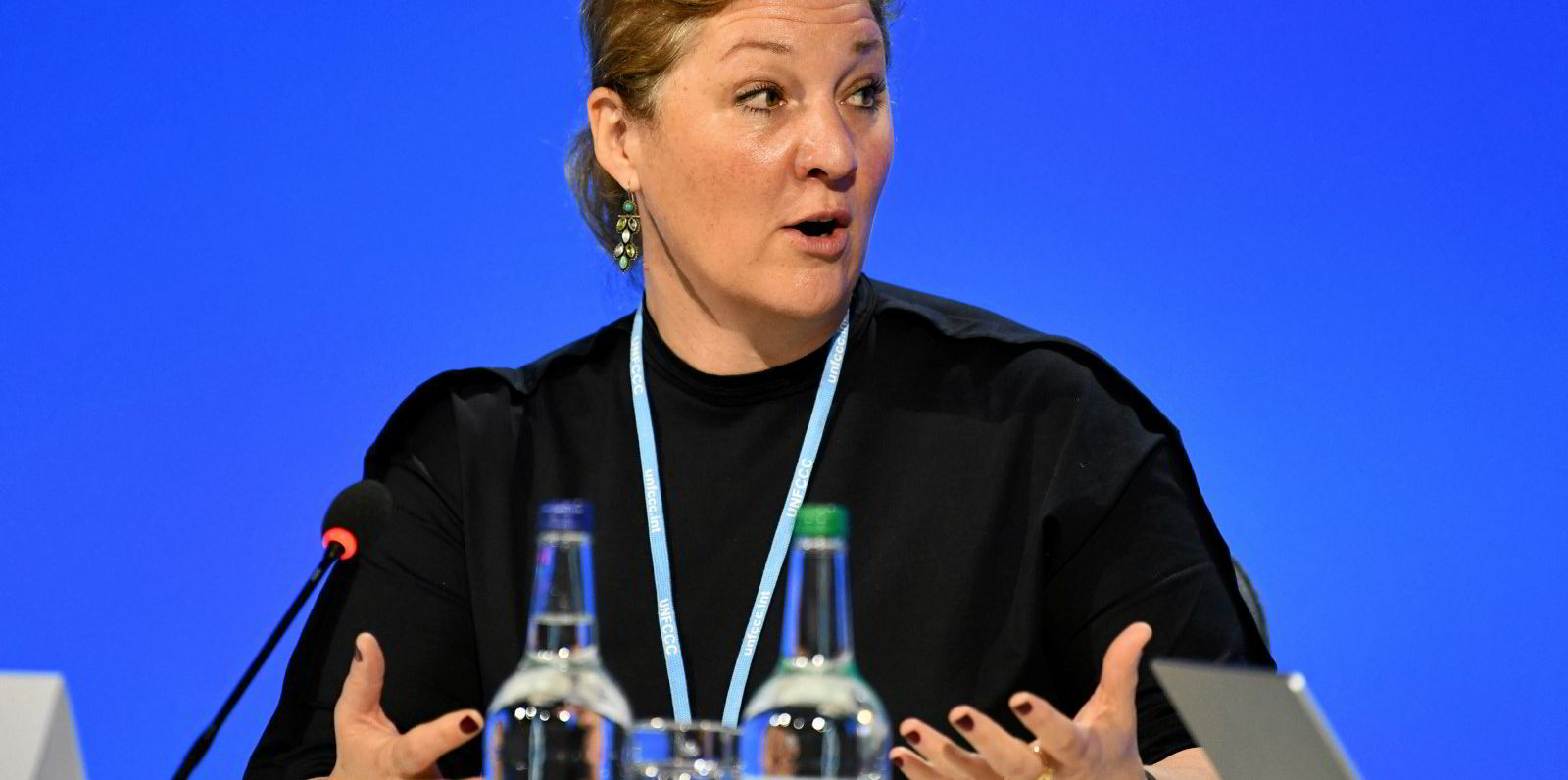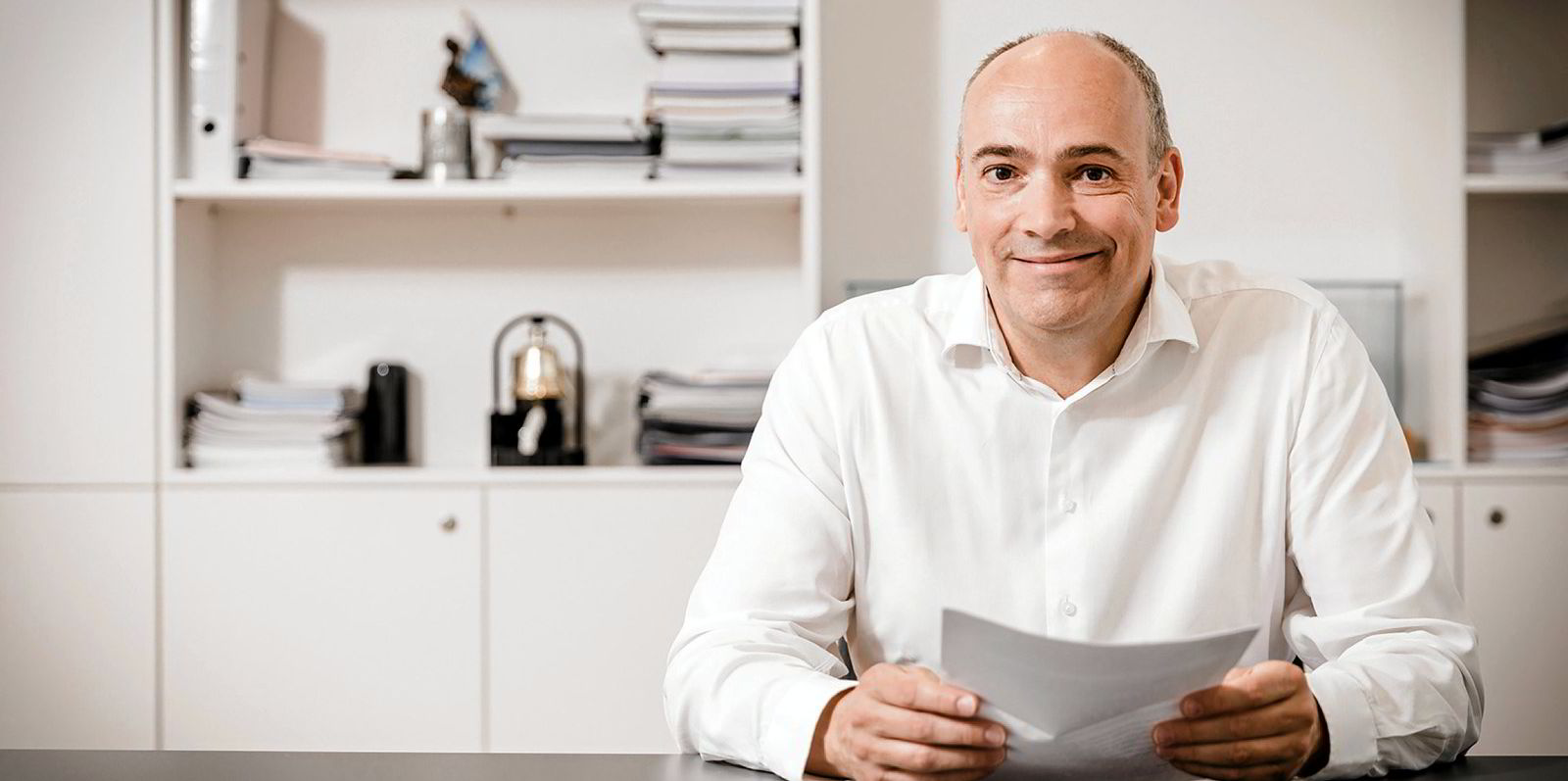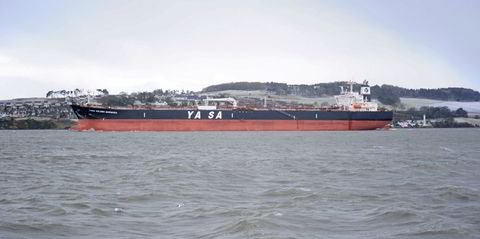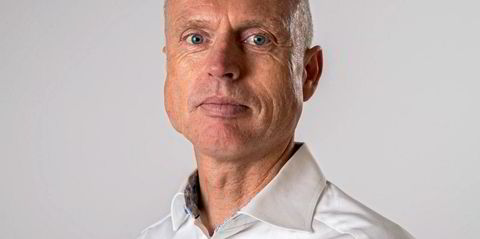Chile has agreed to launch a project to set up green shipping corridors with the Maersk Mc-Kinney Moller Center for Zero Carbon Shipping.
The South American country’s Ministry of Energy has signed a formal agreement to establish a network of green corridors in and out of Chile with the Danish not-for-profit research and development centre.
It is the third green corridor venture announced in the last couple of weeks.
A consortium of BHP, Rio Tinto, Oldendorff Carriers and Star Bulk Carriers has agreed to assess the development of an iron ore green corridor between Australia and East Asia with the Global Maritime Forum.
The Maersk Mc-Kinney Moller Center has also established a European Green Corridors Network involving collaboration with the port authorities of Hamburg, Gdynia, Roenne, Rotterdam and Tallinn.
Chile is aiming to become a major green hydrogen producer and the project will include direct support from the country’s Ministry of Transport and Telecommunications and Ministry of Foreign Affairs.
The Chilean Green Corridors Network was revealed during a conference hosted by the Republic of Palau and the US, with American special presidential envoy for climate John Kerry.
The first step will be to map and assess the most promising green corridors in the region, based on emission intensity, fuel availability, distance to ports, vessel segments, routes and cargo types.
This work will be completed in 2022 and will pave the way for the deployment of selected green corridors in the coming years, the partners said.
The Maersk Mc-Kinney Moller Center will lead the pre-feasibility study in collaboration with the Chilean government, engaging relevant stakeholders with the aim of forming a consortium among these partners.
The Chilean government has an ambitious decarbonisation strategy based on its ample solar and wind energy resources in which green shipping will play a central role as the country is highly dependent on international trade.
It was among the first countries to sign the Clydebank Declaration at COP26 to support the establishment of green corridors.
Bo Cerup-Simonsen, chief executive of the Maersk Mc-Kinney Moller Center, said it is essential that governments take responsibility in establishing the corridors.
“We need large-scale projects like green corridors to take the decarbonisation of the maritime industry from theory to actual demonstration of production, supply and use of alternative fuels,” he said.
“Only this way will we align on standards and obtain the experience and knowledge we need to scale solutions fast enough to meet the end target of net zero in 2050.”
Claudio Huepe, minister of energy for Chile, said the country is blessed with regions such as Magallanes and Antofagasta, which have massive wind and solar energy potential.
“The Chilean coastline [is] a strategic place to foster the supply of clean, zero-emissions maritime fuels,” he said.
More than $15bn has been invested in four green hydrogen projects in Magallanes that aim to produce more than one million tonnes of green hydrogen by 2027.
Katharine Palmer, high-level climate champion for shipping at the United Nations Framework Convention on Climate Change, added that the Clydebank Declaration’s goal of six corridors in operation by the middle of this decade means: “We need multiple corridors underway by the end of this year.”
